Blepharoplasty - Eyelid Surgery in Mumbai
As we age, the skin on our eyelids can become loose and saggy, and fat can accumulate in the area, causing bags or puffiness. Eyelid surgery can remove this excess skin and fat to improve the appearance of the eyelids. Dr. Vinay Jacob performs the best Eyelid Surgery in Mumbai.
What is Eyelid Surgery?
Eyelid surgery, also known as blepharoplasty, is a cosmetic surgical procedure that aims to remove excess skin, fat, and muscle from the upper and/or lower eyelids to improve the appearance of the eyes and reduce the signs of aging. This procedure can also correct functional problems such as drooping eyelids that obstruct vision.
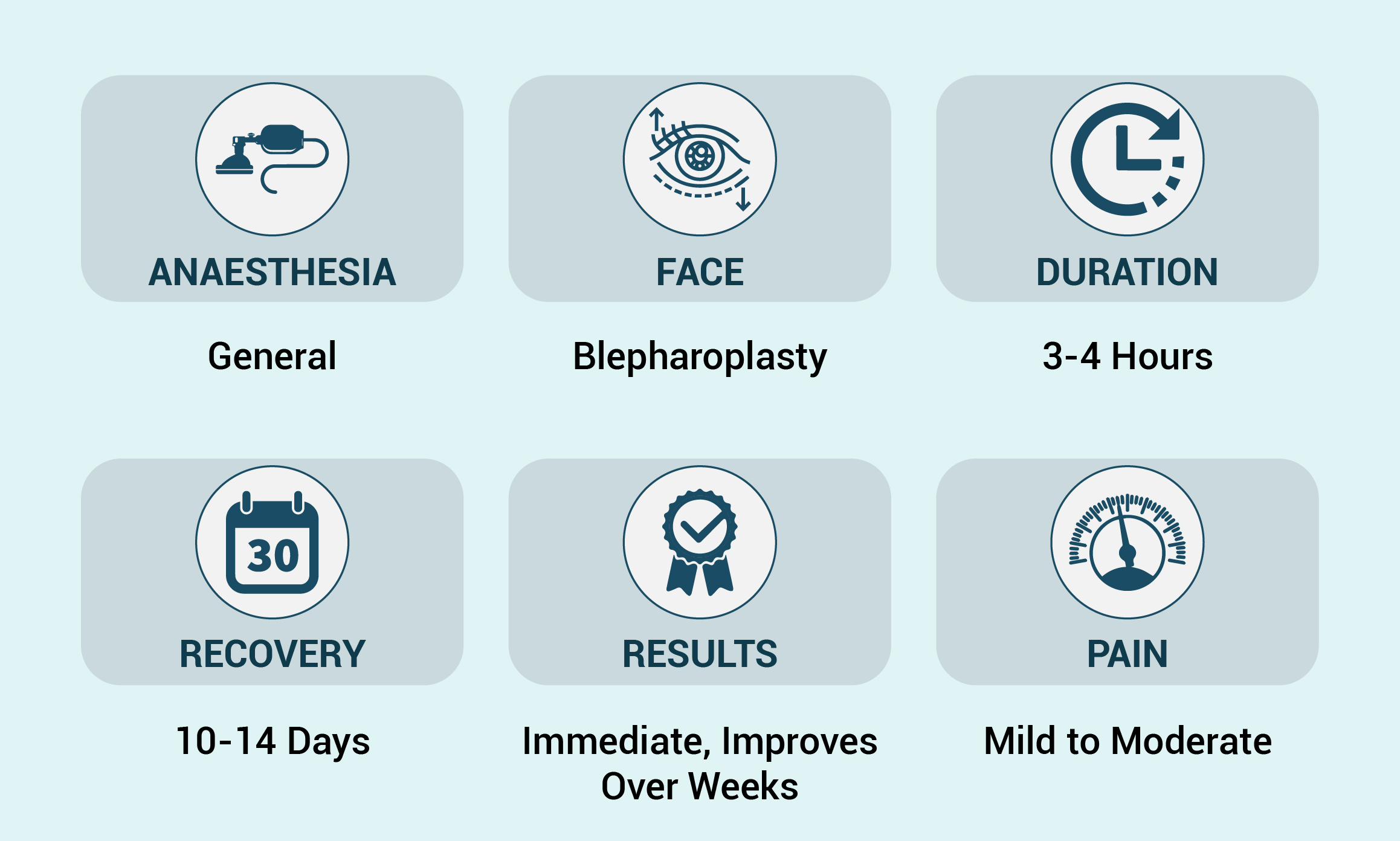
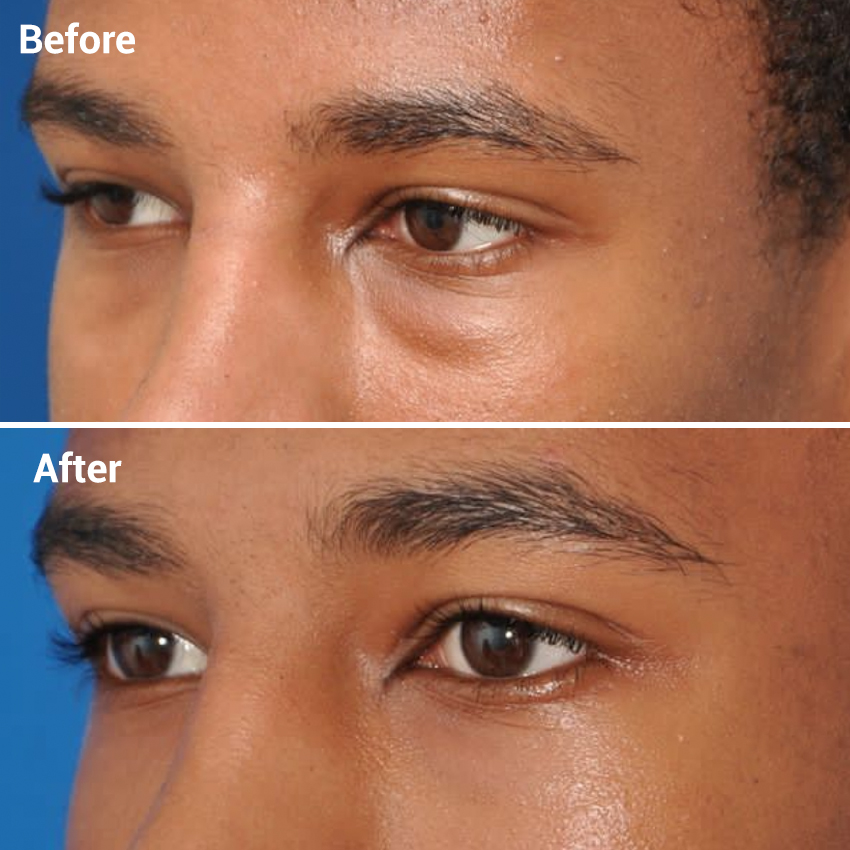
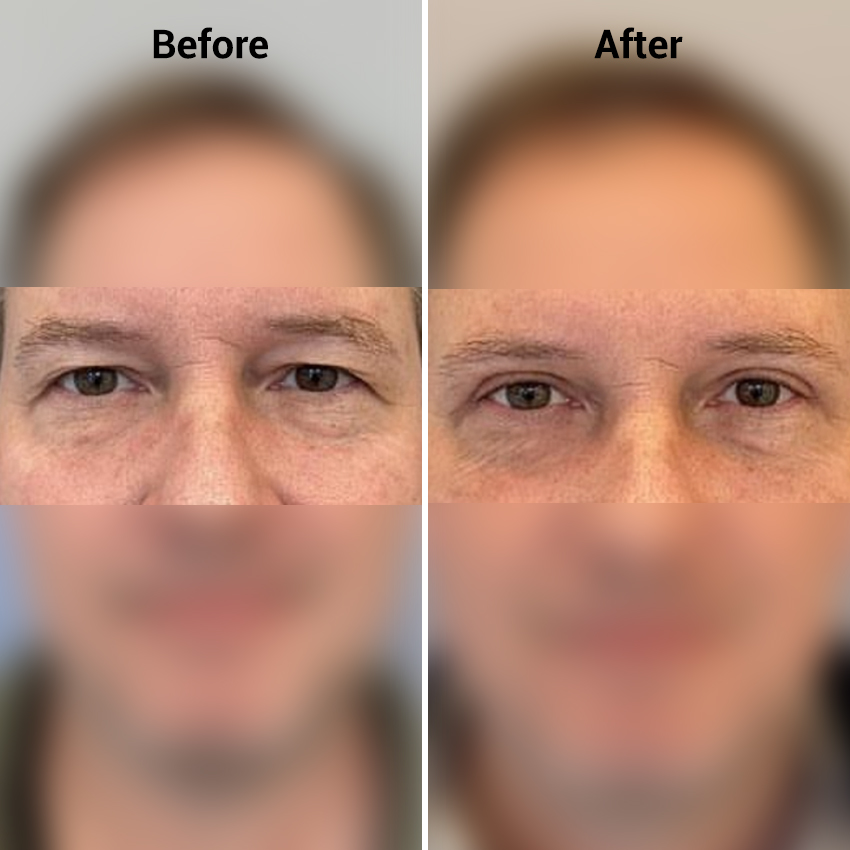
Eyelid Surgery information
About Eyelid Surgery:Eyelid surgery, also known as blepharoplasty, is a cosmetic surgical procedure that aims to remove excess skin, and muscle from the upper and/or lower eyelids to improve the appearance of the eyes.
Process length:1 to 2 hours (may be different)
Recovery time:7-10 days to recover and resting time 2-3 weeks.
Right candidate for eyelid surgery:Has noticeable signs of aging around the eyes or functional problems that can be corrected with eyelid surgery.
Blepharoplasty Eyelid Surgery Procedure:
Eyelid surgery, also known as blepharoplasty, can be performed on the upper eyelids, lower eyelids, or both.
Here is a general overview of how the procedure is performed:
Anesthesia:Depending on the extent of the surgery and the patient's preferences, the surgeon will use local anesthesia with sedation or general anesthesia.
Incision:The surgeon will make incisions along the eyelids' natural creases or inside the lower eyelid. This helps hide any scars that may occur after the procedure.
Removal of excess skin and fat:The surgeon will remove excess skin, fat, and muscle tissue as needed. It helps to reduce the appearance of bags under the eyes, droopy eyelids, and wrinkles.
Closing the incisions:Sutures or tape will be used to close the incisions by the surgeon. The sutures can be removed after a few days, and the adhesive usually dissolves on its own.
Recovery:SFollowing the procedure, patients may experience swelling and bruising around the eyes. To reduce swelling, they should elevate their heads and apply cold compresses. To alleviate any discomfort, pain relievers may be prescribed.
The procedure typically takes one to three hours, depending on the extent of the surgery. Most patients can resume their normal activities within a week or two of surgery
Types of Eyelid Surgery:
There are several types of eyelid surgery, including:
Upper eyelid surgery: This focuses on removing excess skin and fat from the upper eyelids to improve vision and create a more youthful appearance.
Lower eyelid surgery: This involves removing excess skin and fat from the lower eyelids to reduce under-eye bags and wrinkles.
Double eyelid surgery: This is a popular procedure among Asian patients that creates a visible crease in the upper eyelid.
Ptosis surgery: This corrects drooping of the upper eyelid caused by weakened or stretched muscles.
Benefits of Eyelid Surgery:
Some of the benefits of eyelid surgery include:
1.Improved appearance of the eyes and face
2.Reduced signs of aging, such as wrinkles and under-eye bags
3.Enhanced vision and eye function
4.Increased self-confidence and self-esteem.
What is the Test for Eyelid Surgery?
There is no specific test for eyelid surgery. However, during the initial consultation, your plastic surgeon will evaluate your medical history, examine your eyes and eyelids, and discuss your goals and expectations to determine if you are a good candidate for the procedure.
1.Avoid smoking, drinking alcohol, or taking certain medications that can increase the risk of bleeding or affect the healing process.
2.Follow a healthy diet and exercise regimen to optimize your body's condition and reduce the risk of complications.
3.Arrange for someone to drive you home and help you with daily activities during the recovery period.
4.Increased self-confidence and self-esteem.
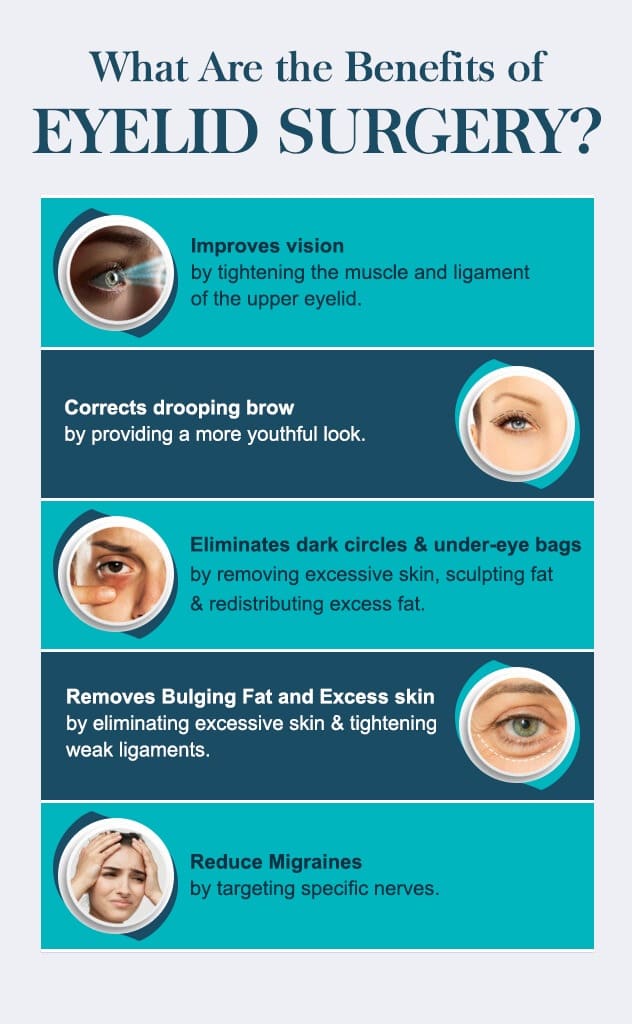
Good Age for a Blepharoplasty:
There is no specific age limit for blepharoplasty, but it is generally recommended for individuals who have noticeable signs of aging around the eyes or functional problems such as vision impairment. However, younger patients may also consider eyelid surgery to correct genetic or cosmetic concerns.
Is Eyelid Surgery Worth the Money?
The cost of eyelid surgery varies depending on the extent of the procedure and the geographic location. However, many patients consider eyelid surgery worth the money because of the significant improvement in appearance and function it provides.
Is Eyelid Surgery Very Painful?
Eyelid surgery is typically not very painful, and most patients experience mild discomfort, swelling, and bruising around the eyes, which can be managed with medication and cold compresses.
Who is the Right Candidate for Eyelid Surgery?
The right candidate for eyelid surgery is an individual who:
1.Has realistic expectations about the results of the procedure.
2.Is in good overall health and does not have any medical conditions that may increase the risk of complications.
3.Has noticeable signs of aging around the eyes or functional problems that can be corrected with eyelid surgery.
Precautions After Surgery:
After undergoing eyelid surgery, you may need to:
1.Apply cold compresses to the eyes to reduce swelling and bruising.
2.Avoid strenuous activities or heavy lifting for at least one week.
3.Use prescribed medication to manage pain, infection, or other complications.
4.Keep the eyes clean and dry and avoid touching or rubbing them.
Who Needs Eyelid Surgery?
Eyelid surgery may be suitable for individuals who have:
1.Excess skin or fat around the eyes that create a tired, sad, or aged appearance.
2.Drooping eyelids that obstruct vision or cause discomfort.
3.Under-eye bags or wrinkles that cannot be treated with non-surgical methods such as Botox or fillers.
4.Asymmetry or irregularities of the eyelids caused by genetic factors or injury.
Are the Changes with Blepharoplasty (Eyelid Surgery) Permanent?
The changes achieved with eyelid surgery are generally long-lasting, but they may not be permanent. The aging process and other factors such as sun exposure, smoking, or weight fluctuations can affect the results of the procedure over time. However, many patients report that the benefits of eyelid surgery last for several years or even decades.
How Long after Blepharoplasty Will I Look Normal?
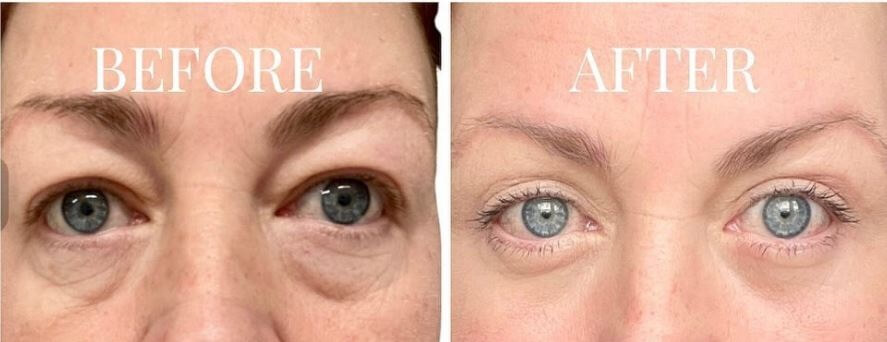
The recovery time after eyelid surgery may vary depending on the extent of the procedure and the individual's healing process. However, most patients can return to work and other normal activities within 7-10 days after surgery, but it may take several weeks or months for the swelling and bruising to subside completely and the final results to become visible.
What is the Success Rate of Upper Eyelid Surgery?
The success rate of upper eyelid surgery is generally high, and most patients are satisfied with the results of the procedure. However, as with any surgical procedure, there is a risk of complications such as infection, bleeding, scarring, or asymmetry. To minimize the risk of complications and ensure optimal results, it is important to choose a qualified and experienced plastic surgeon and follow all pre-operative and post-operative instructions carefully.
Caring for Yourself After Your Blepharoplasty:
To ensure a smooth and comfortable recovery after eyelid surgery, you may need to:
1.Follow the post-operative instructions provided by your plastic surgeon.
2.Attend follow-up appointments to monitor your healing progress.
3.Wear dark sunglasses and avoid bright lights or direct sunlight to protect your eyes.
4.Eat a healthy diet and drink plenty of fluids to promote healing and reduce inflammation.
5.Avoid smoking or exposure to secondhand smoke, which can delay the healing process and increase the risk of complications.
 WhatsApp
WhatsApp